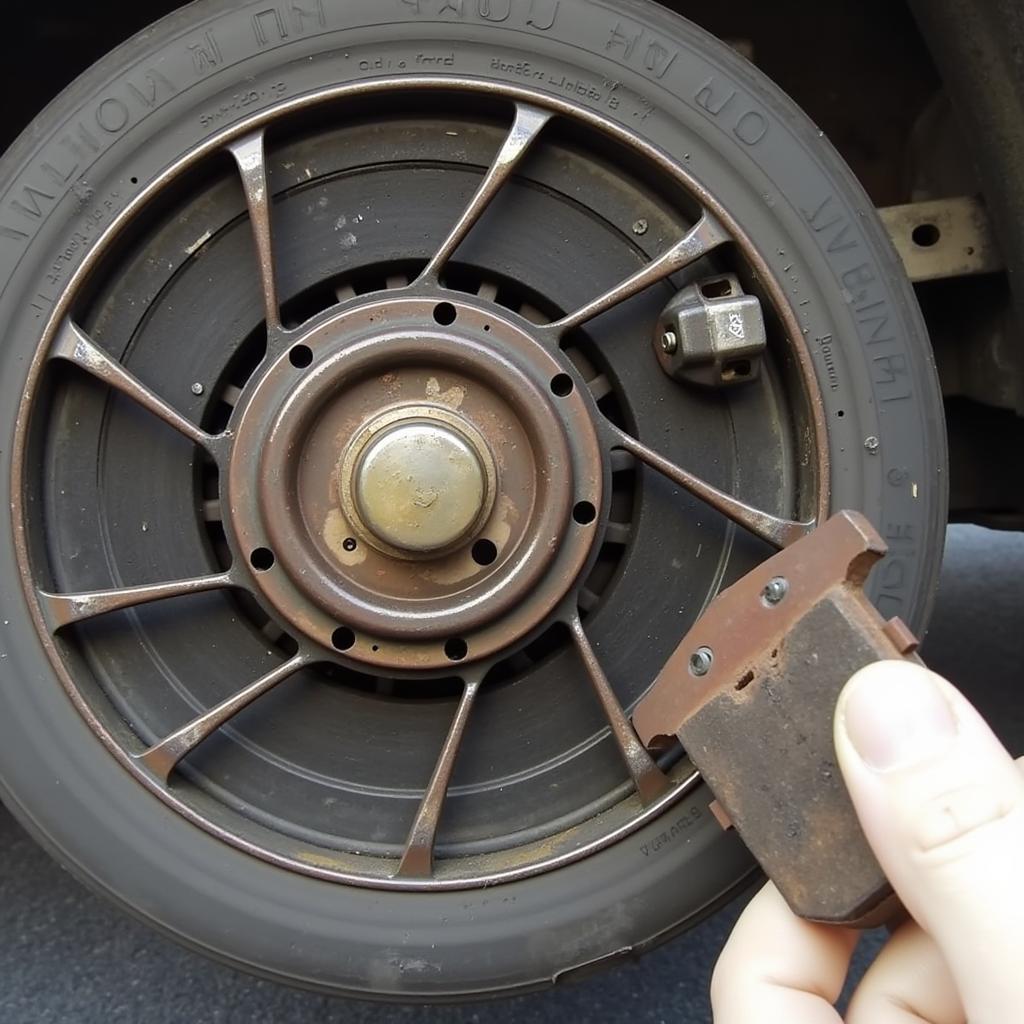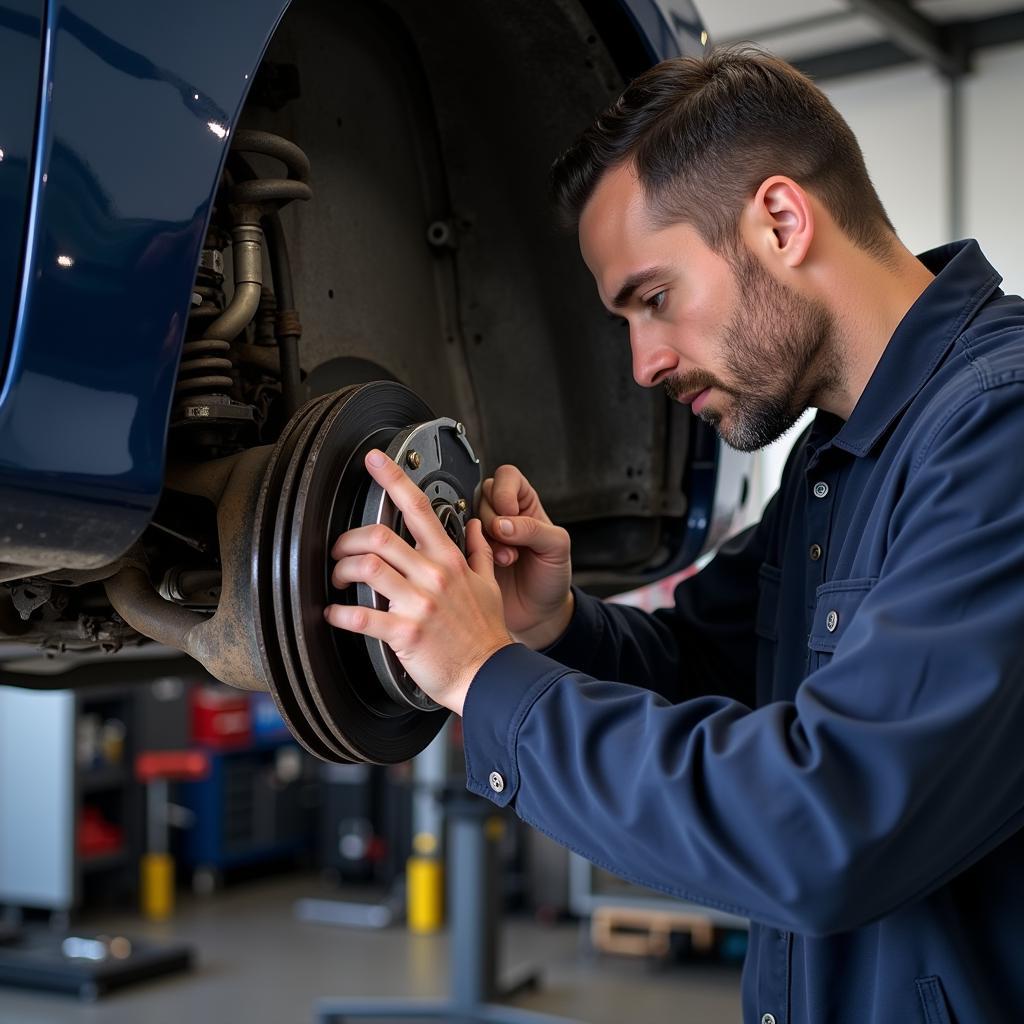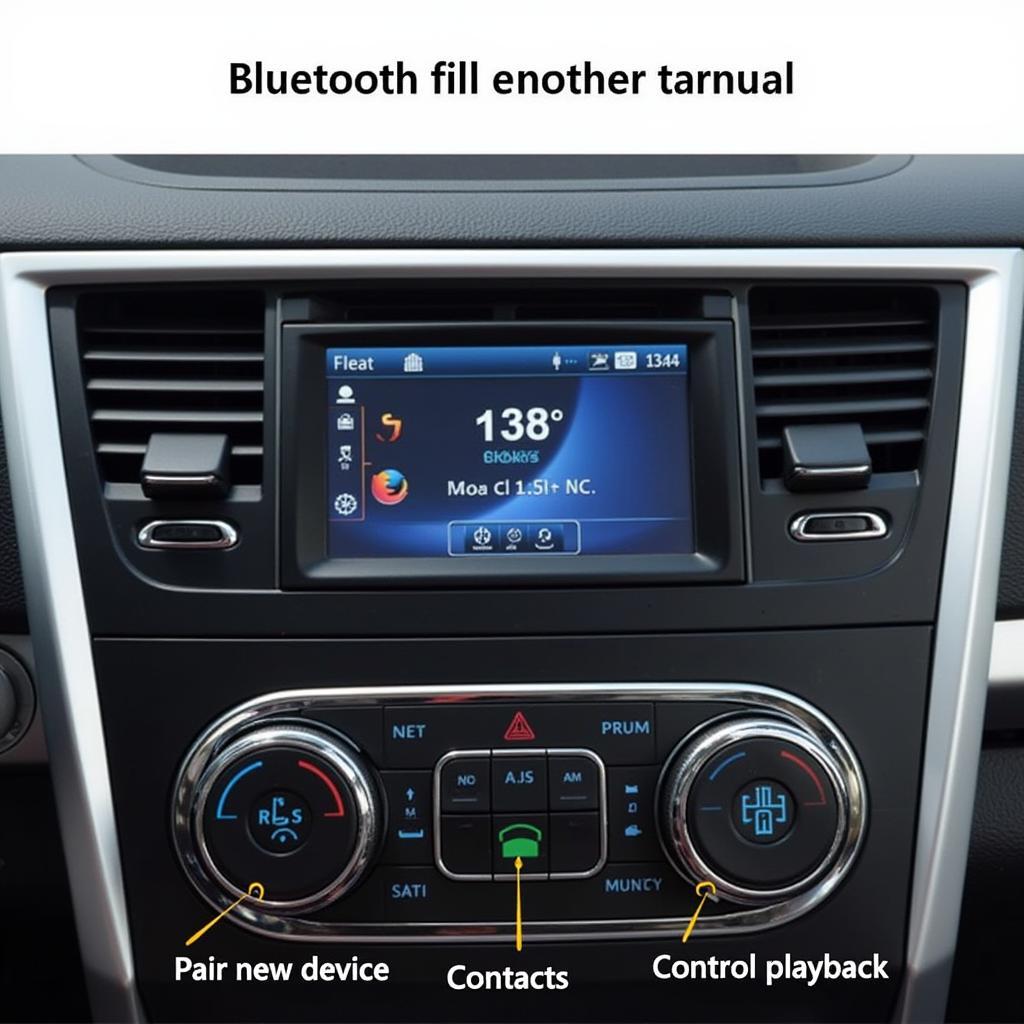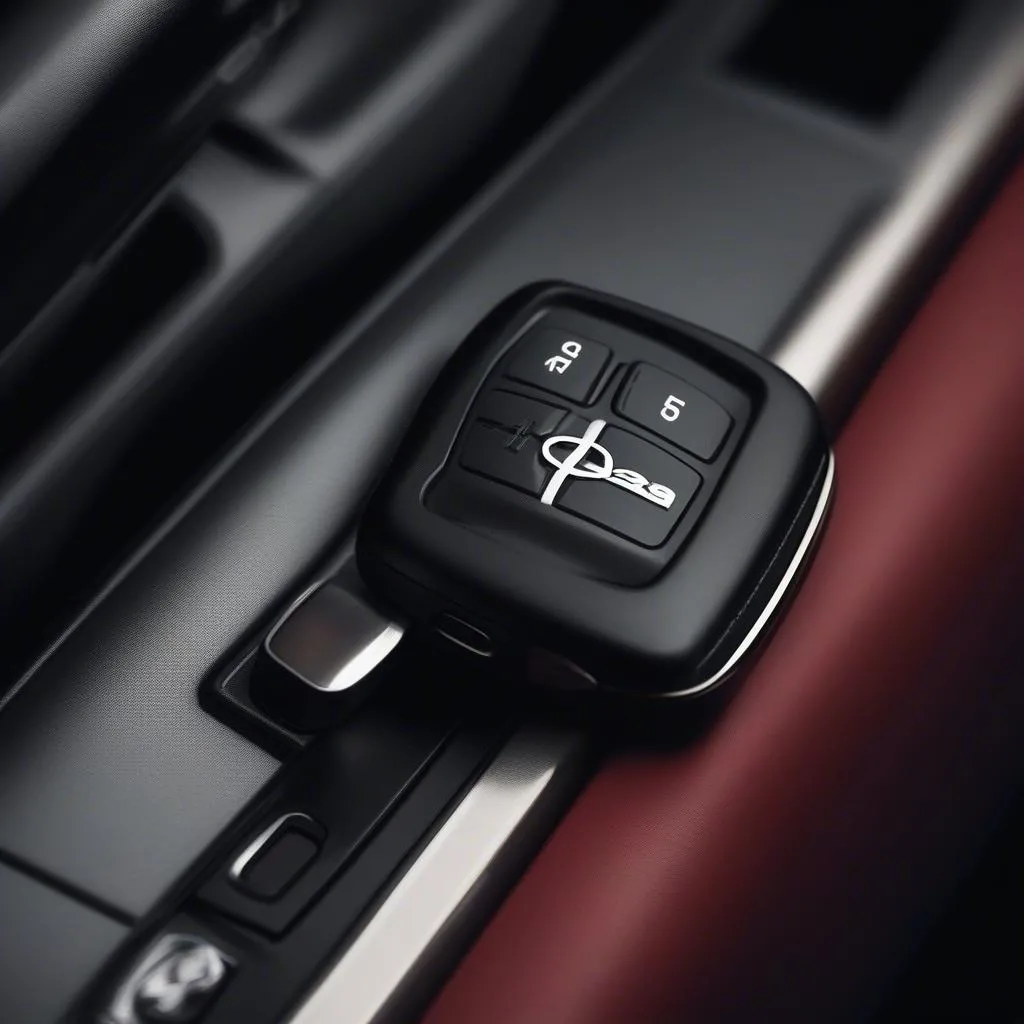That annoying brake warning light glaring at you from your dashboard? Don’t panic, it’s a common issue and often fixable. Understanding how to fix a brake warning light can not only save you money but also ensure your safety on the road. This guide dives deep into the common causes and solutions, empowering you to diagnose and potentially fix the problem yourself.
Understanding the different brake warning lights is crucial. Some cars have multiple lights for different brake systems like ABS (Anti-lock Braking System) or the electronic parking brake. Knowing which light is on helps pinpoint the problem area. For example, a fix-it ticket for a brake light might be different from a warning light. You can find more information about this topic on our page about warning vs fix it ticket for brake light.
Common Causes of a Brake Warning Light
There are several reasons why your brake warning light might illuminate, ranging from simple to complex. Low brake fluid is a frequent culprit. Your brake system is hydraulic, meaning it relies on fluid to function correctly. A leak or worn brake pads can cause the fluid level to drop, triggering the warning light.
Another common cause is a faulty brake light switch. This switch, located near the brake pedal, signals the brake lights to activate when you press the pedal. A malfunctioning switch can not only affect your brake lights but also trigger the warning light on the dashboard.
Diagnosing the Problem: A Step-by-Step Guide
-
Check the brake fluid level: Locate the brake fluid reservoir under the hood and check the fluid level. If it’s low, add the correct type of brake fluid. However, simply adding fluid won’t fix a leak, so further investigation is necessary.
-
Inspect the brake light switch: Check if your brake lights are working. If they’re not, the brake light switch could be the problem. You can test it with a multimeter or try replacing it, as it’s a relatively inexpensive part.
-
Check for worn brake pads: Worn brake pads can also trigger the warning light. Inspect your brake pads through the wheel spokes. If they appear thin, it’s time for a replacement.
What if the Light Stays On After Adding Fluid?
If you’ve added brake fluid and the light remains on, it’s highly likely you have a leak. This requires immediate attention. Brake leaks can compromise your braking ability, making your vehicle unsafe to drive. Consult a qualified mechanic to diagnose and repair the leak. Sometimes, the issue may be more complex, involving the ABS system. For instance, on a BMW X3, you might see both the DSC and brake warning lights illuminate. This situation requires more advanced diagnostics. Check out a successful repair case on our website: bmw x3 dsc and brake warning lights fixed.
How to Fix Brake Warning Light Related to ABS?
If the ABS warning light is illuminated along with the brake warning light, it indicates a potential issue with the anti-lock braking system. This can be a complex problem requiring specialized diagnostic equipment. While some DIY enthusiasts might attempt to troubleshoot this, it’s generally recommended to consult a professional mechanic experienced in ABS systems.
“ABS issues can range from faulty wheel speed sensors to problems within the ABS module itself,” says John Davis, a certified automotive technician with over 20 years of experience. “Diagnosing these issues requires specialized tools and a deep understanding of the system.”
 Inspecting Worn Brake Pads
Inspecting Worn Brake Pads
Preventative Maintenance: Keeping Your Brakes in Top Shape
Regular brake inspections are crucial for preventing brake warning light issues and maintaining overall vehicle safety. “Just like regular oil changes, brake inspections should be part of your routine maintenance schedule,” advises Sarah Miller, a senior automotive engineer. “Catching potential problems early can save you time and money in the long run.”
You can find a helpful video on repairing an F150 brake warning light on our YouTube channel: you tube video on repair f150 brake warning light.
 Brake System Inspection at a Mechanic Shop
Brake System Inspection at a Mechanic Shop
Conclusion
Knowing how to fix a brake warning light can give you a head start in addressing this common car problem. While some issues, like low brake fluid or a faulty brake light switch, are often manageable with basic DIY skills, more complex problems involving leaks or the ABS system necessitate professional assistance. Regular maintenance and timely inspections are key to preventing brake problems and ensuring safe driving. For Toyota Camry owners experiencing brake system warning lights, you can check out our dedicated guide: toyota camry how to fix brake sysytem warning light. Another helpful resource for Prius owners is our article on ABS and VSC warning lights related to the brake switch: 2008 prius abs vsc warning light brake switch. Don’t ignore that warning light – take action to keep your brakes in optimal condition and ensure your safety on the road.


